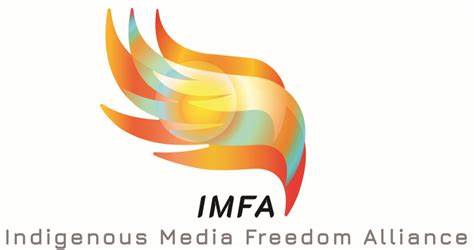Indigenous people are often called the invisible minority. Centuries of genocide have silenced generations of voices.
At the same time, the mainstream press has never been fully present to consistently, accurately, or fearlessly tell Indigenous stories. Within the decade, ample research on Indigenous media, financing, and experimental discoveries should lead to a more robust independent American Indian media ecosystem.
As one of the most overlooked U.S. constituencies, Native peoples must be part of an emergent media collective power. In a multi-stakeholder event held this April that included North American Indigenous journalists, the United Nations identified at least a half dozen actions needed to create “an enabling environment for free and independent Indigenous community media.”
The Indigenous Media Freedom Alliance and its digital news site Buffalo’s Fire is an answer to the call for a free and independent Indigenous media. Buffalo’s Fire is the first nonprofit news organization in North Dakota. IMFA is also one of the few Native-led, Native-founded nonprofit news organizations in the United States. Through local reporting, we’re telling stories the mainstream media has continually failed to write about.
Mainstream press researchers have a plethora of media archives to sift through to complete their work, and they must undertake that work with American Indian communities to help define how a healthy media ecosystem and a healthy democracy go hand in hand.
BY


